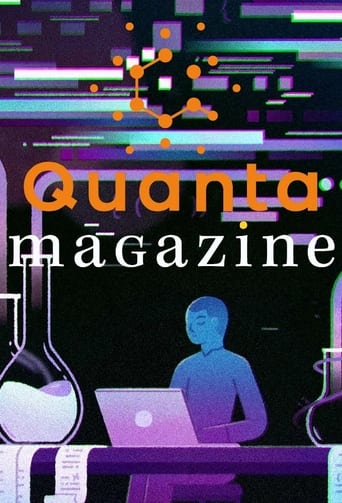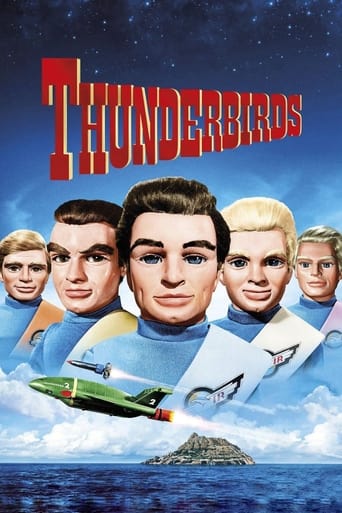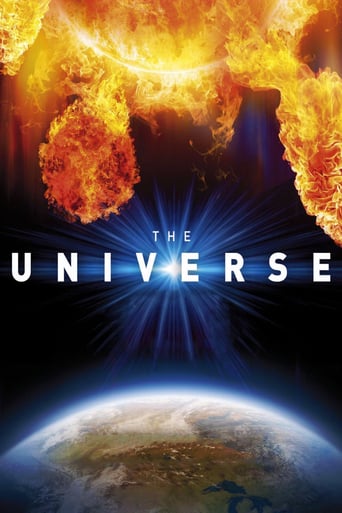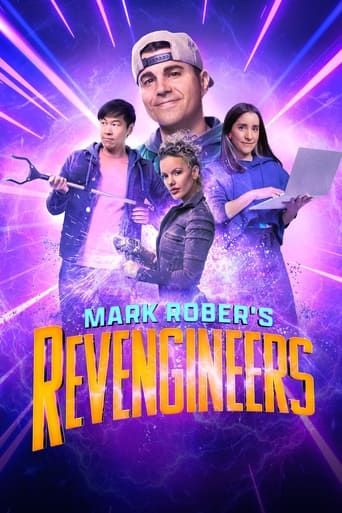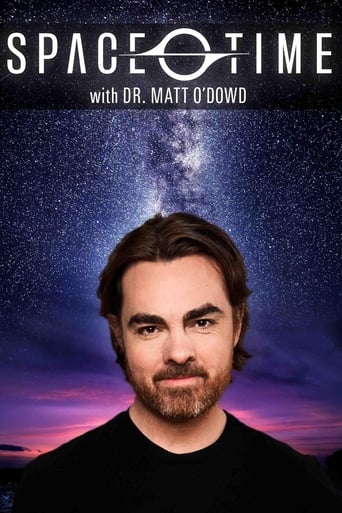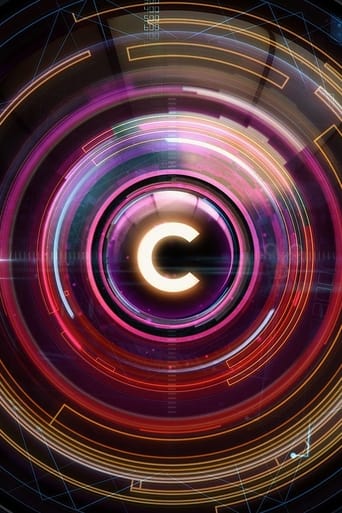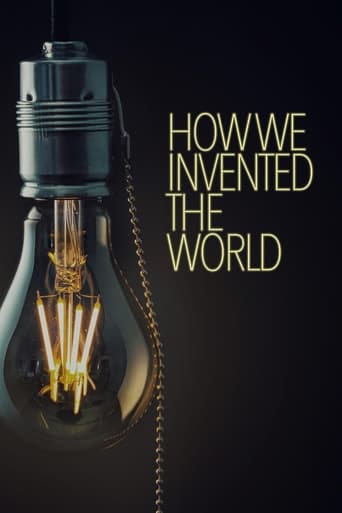Quanta Magazine Season 2020
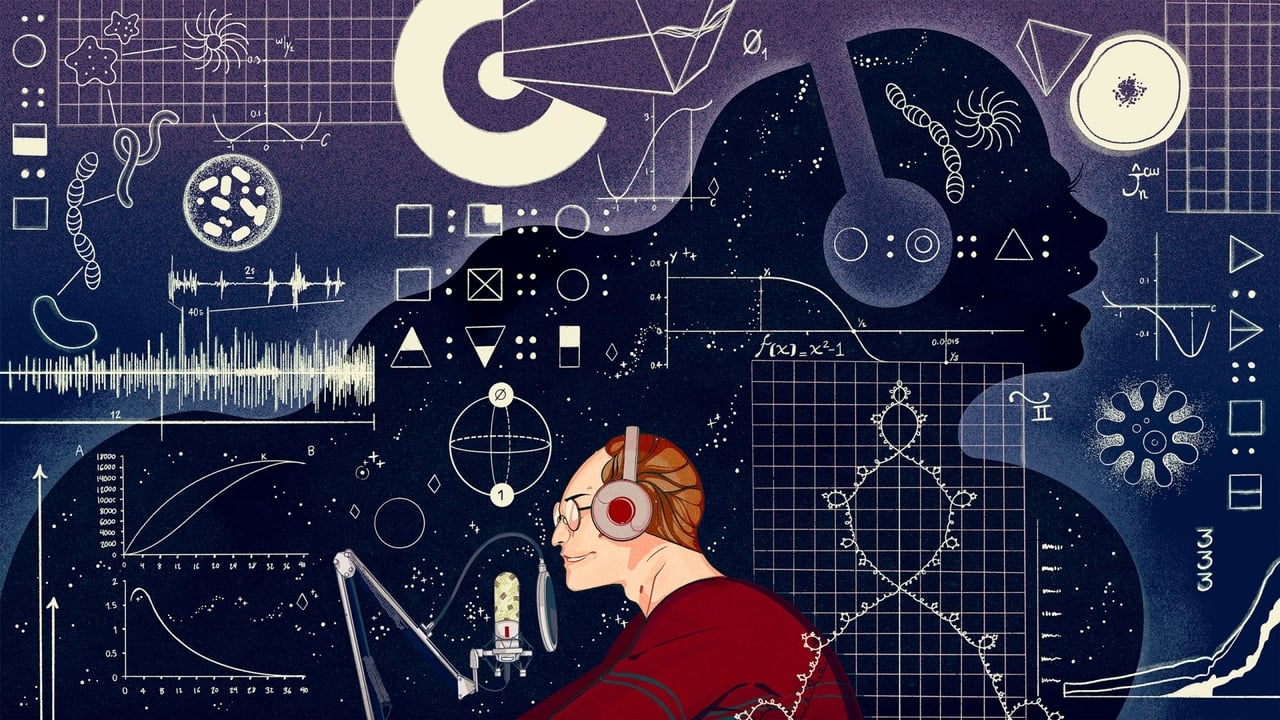
Explore mind-bending developments in basic science and math research. Quanta Magazine is an award-winning, editorially independent magazine published by the Simons Foundation.
Watch NowWith 30 Day Free Trial!
Quanta Magazine
1
Explore mind-bending developments in basic science and math research. Quanta Magazine is an award-winning, editorially independent magazine published by the Simons Foundation.
Watch Trailer
With 30 Day Free Trial!
Quanta Magazine Season 2020 Full Episode Guide
In 2020, the study of the SARS-CoV-2 virus was undoubtedly the most urgent priority. But there were also some major breakthroughs in other areas. We'd like to take a moment to recognize them.
For mathematicians and computer scientists, 2020 was full of discipline-spanning discoveries and celebrations of creativity. We'd like to take a moment to recognize some of these achievements.
This year, two teams of physicists made profound progress on ideas that could bring about the next revolution in physics. Another still has identified the source of a longstanding cosmic mystery.
Questions like “why do men and women act differently?” are age-old, with tangled, deeply buried answers. But that is why Catherine Dulac, a Howard Hughes Medical Investigator and a professor of molecular and cellular biology at Harvard University, has become so well respected by her neuroscientist colleagues for the originality and creativity with which she has brought important answers to light.
Jelani Nelson, a computer scientist at the University of California, Berkeley, expands the theoretical possibilities for low-memory streaming algorithms. He’s discovered the best procedures for answering on-the-fly questions like “How many different users are there?” (known as the distinct elements problem) and “What are the trending search terms right now?” (the frequent items problem). Nelson’s algorithms often use a technique called sketching, which compresses big data sets into smaller components that can be stored using less memory and analyzed quickly.
Bryna Kra searches for structures using symbolic dynamics. “[I love] finding order where you didn’t know it existed,” she said. "This is how I think about math: It’s about how things fit together."
Cora Dvorkin studies the invisible universe. Known as dark matter, it is thought to comprise roughly 85% of all matter in the universe. So far, no researcher has been able to directly detect it. But that only further excites Dvorkin, who is on a quest to uncover its secrets.
L. Mahadevan is a professor of applied mathematics, physics, and organismic and evolutionary biology at Harvard University. He uses mathematics and physics to explore commonplace phenomena, showing that many of the objects and behaviors we take for granted, and consequently give little thought to, are quite extraordinary upon closer examination.
Vint Cerf is one of the fathers of the internet. Decades ago, he and Robert Kahn developed the architecture and protocol suite known as Transmission Control Protocol/Internet Protocol (TCP/IP). Anyone who has ever surfed the web, sent an email, or downloaded an app has them to thank. Now, Cerf wants to boldly go where no internet has gone before. He's designing an interplanetary internet. But extending the internet to space isn’t just a matter of installing Wi-Fi on rockets. Scientists have novel obstacles to contend with. In this new video, Cerf discusses how an internet in space.
MIT physicist Jeff Gore tests theories about microbe communities experimentally and finds new rules governing ecological stability.
Carlos Gershenson, a computer scientist and complexity researcher at the National Autonomous University of Mexico, answers questions about how principles of adaptation and self-organization can help transportation systems beat traffic jams and other urban mobility problems.
By turning higher category theory on itself, Emily Riehl hopes to make the powerful perspective more accessible to other mathematicians.
Emily Riehl talks about how higher category theory is like the viola, why she's drawn to expository writing, and the responsibility mathematicians have to address social justice issues.
The theoretical physicist Claudia de Rham explains why gravity is so fundamental to our understanding of everything in the universe.
The microbial ecologist John Priscu of Montana State University discusses what led him to seek life beneath the barren, frozen wastes of Antarctica — and how his discoveries there are shaping the search for life on other worlds.
Space weather scientist Liz MacDonald studies unique atmospheric phenomena such as the aurora called STEVE.
James Maynard talks about why he’s obsessed with prime numbers.
Katie Mack describes the most likely scenario for the end of the universe.
Dr. Tara C. Smith is an infectious disease epidemiologist and contributing columnist for Quanta Magazine. In two recent columns for Quanta, Dr. Smith explored the animal origins of the novel coronavirus and explained how prior knowledge about other coronaviruses may help answer questions about the COVID-19 pandemic. On May 1, 2020, she answered questions live on Quanta's YouTube channel.
Dr. Tara C. Smith is an infectious disease epidemiologist and contributing columnist for Quanta Magazine. In two recent columns for Quanta, Dr. Smith explored the animal origins of the novel coronavirus and explained how prior knowledge about other coronaviruses may help answer questions about the COVID-19 pandemic. On May 1, 2020, she answered questions live on Quanta's YouTube channel.
Evidence from the oceans decisively shows that an asteroid strike caused the last mass extinction, argues Pincelli Hull. The cataclysm continues to hold lessons for today.
Ronald Rivest of the Massachusetts Institute of Technology describes the role of computers in voting and what makes elections trustworthy.
Omololu Akin-Ojo of the East African Institute for Fundamental Research discusses his plans to invigorate theoretical physics in Africa, including by focusing on problems related to energy and water that will especially impact the continent.
James P. Allison of the University of Texas MD Anderson Cancer Center discusses what initially drew him to immunology as a field and why many scientists used to be skeptical that an immunological strategy for killing cancers would work.
Scarlett Howard describes how and why she taught honeybees math.
Free Trial Channels
Seasons


